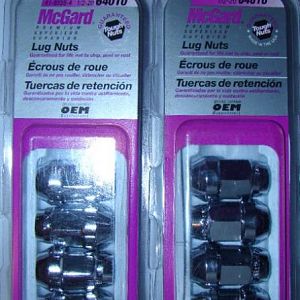The GEL cells are 100% sealed, that I know for sure. The places that LOOK like you add chemicals are glued shut, and sealed around them, and on top of them, They are used in the handicapped power chair and other power use devices. The batteries are charged IN HOUSE, not outside. These (the big ones) work well as auto batteries too. My uncle used to work for a place that services the devices, and they throw the batteries out every six months, no where NEAR the end of their life-span (regulation thing). HE put one in his Buick SUV, worked fine, and sold it with that in it. They are designed to run with a steady load. With one of these Gel Cells, you could crank the motor till the started burned out, that's how good they are, AND expensive. They are 100% sealed, and there are 100% sealed lead acid batteries too.
There are AGM (Absorbent Glass Matt) batteries that are also 100% sealed.
Optima says their batteries are completely sealed: Optima batteries are true "Zero Maintenance" - All Optima Batteries are completely sealed, absorbed electrolyte design means OPTIMA Batteries won't spill, leak, or corrode - it's the safest, cleanest battery on the market. They can be mounted in any position - sideways, or even upside down. It can't have VENTS if you can mount it in ANY position, then it would leak out the vents if you turned it upside down. No, these are 100% sealed batteries, you can call them yourself and ask. I know THREE people who have them inside their cars, they produce no fumes when charging.










